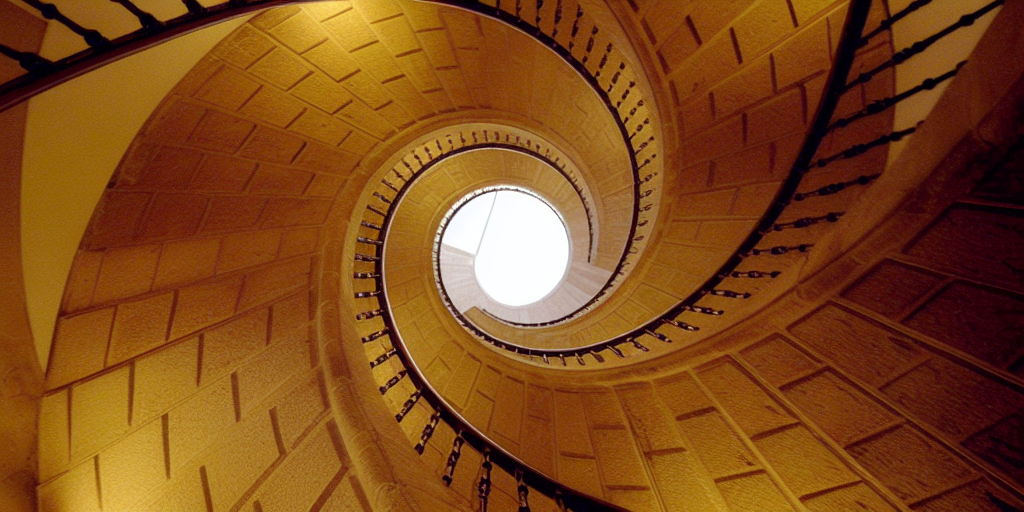Speaker
Description
The possibility of encoding several qubits in vanadyl porphyrin molecules hosting a S = 1/2 electronic spin
coupled to a I = 7/2 nuclear spin has been explored. A complete study of the spin Hamiltonian and the spin
dynamics has been performed via a combination of electron paramagnetic resonance, heat capacity,
magnetization and on-chip magnetic spectroscopy experiments performed on single crystals, observing
several properties that make each molecule fulfil the conditions to act as a universal 4-qubit processor or,
equivalently, as a d = 16 qudit in the low field region (B < 0.1 T). In this region, the combined effect of
Zeeman and hyperfine interactions gives rise to a set of anticrossings between the electronuclear spin
states. In these anticrossings, known as spin-clock transitions, the system becomes almost insensitive to
fluctuations of the magnetic field, making the spin coherence time T2 maximum.1 At the same time, the
overlap between the spin states involved in the transition becomes maximum, being possible to increase
the spin-photon coupling G without the cost of increasing decoherence. Here, we show the possibility of
achieving the strong coupling regime (G > 𝛾 ∼ 𝑇2
−1) close to the clock transitions that take place in
molecular crystals formed by these vanadyl porphyrin molecules. An analysis of these transitions via on-
chip magnetic spectroscopy has been performed using concentrated and diluted crystals, determining the
evolution of the spin-photon coupling as we move away from the level anticrossings.
References
1 M. Shiddiq, D. Komijani, Y. Duan, A. Gaita-Ariño, E. Coronado and S. Hill, Enhancing coherence in
molecular spin qubits via atomic clock transitions, Nature, 531, 348-351 (2016).
